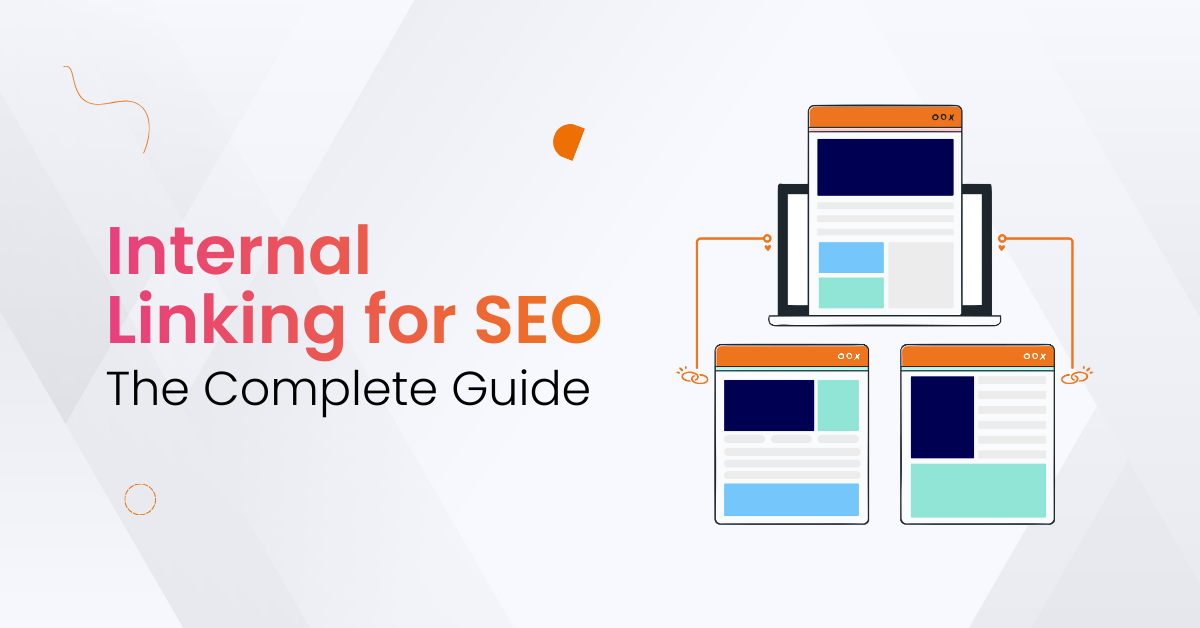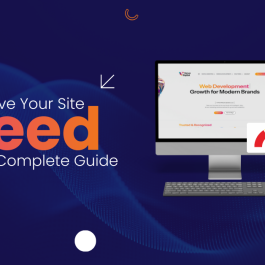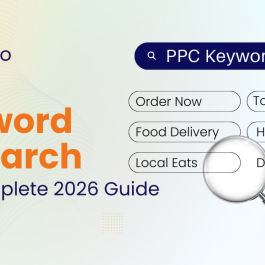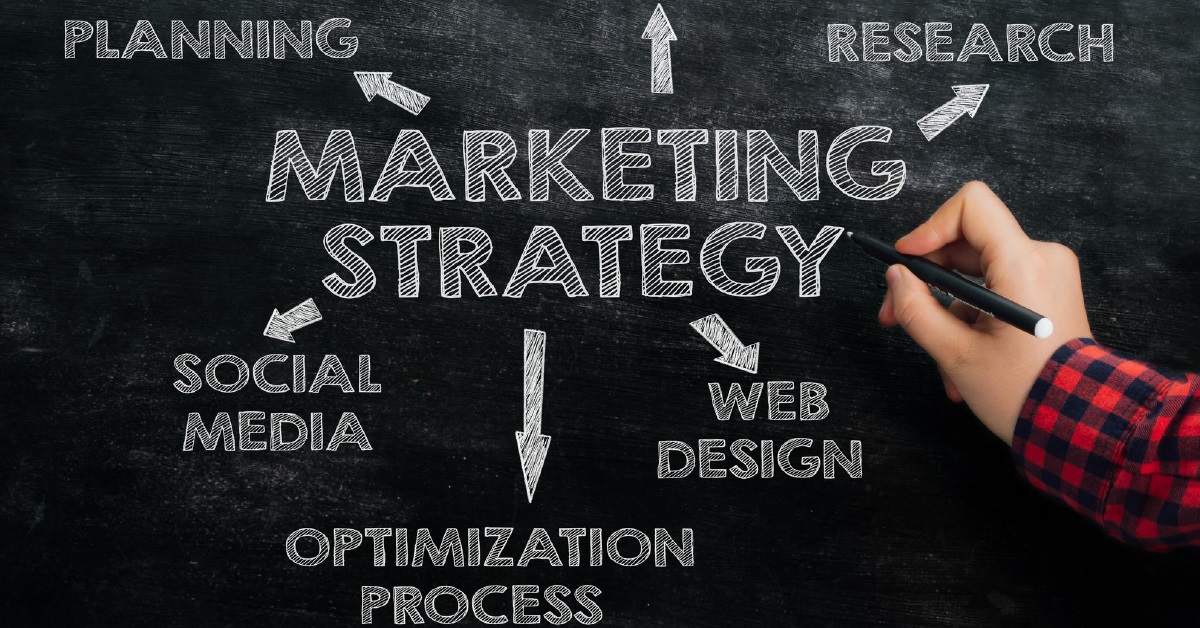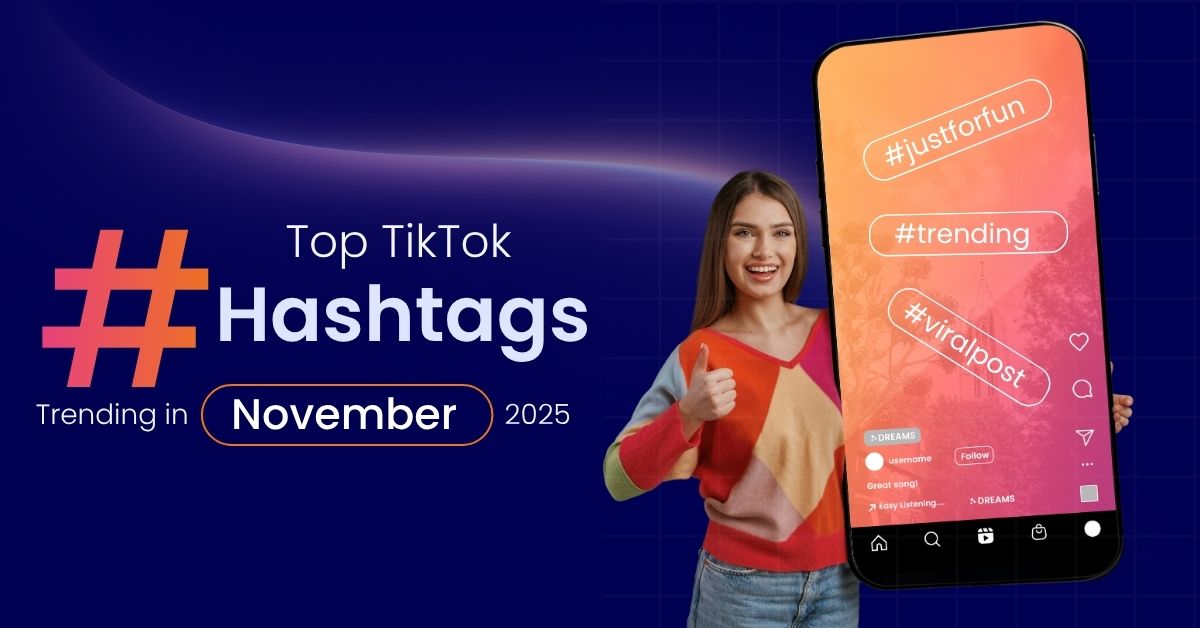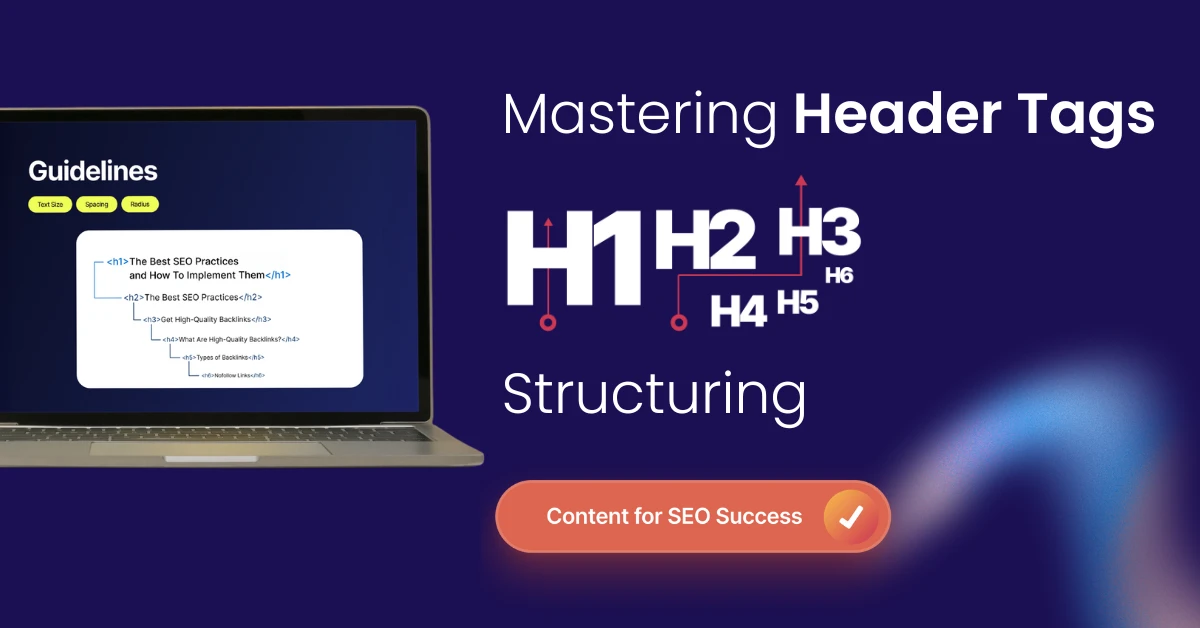7 min read
B2B Google Ads need a special plan. This is because sales take longer and many people decide. Unlike B2C, B2B ads focus on growing leads through the sales funnel. They target business decision makers who look for answers. The usual B2B sales cycle lasts 2 to 6 months. So, ads must build trust over time.
B2B Google Ads cost more per lead, but they give more value. Keyword targeting, ad copy, and landing pages must cover the whole funnel. They should not only focus on bottom-funnel intent.
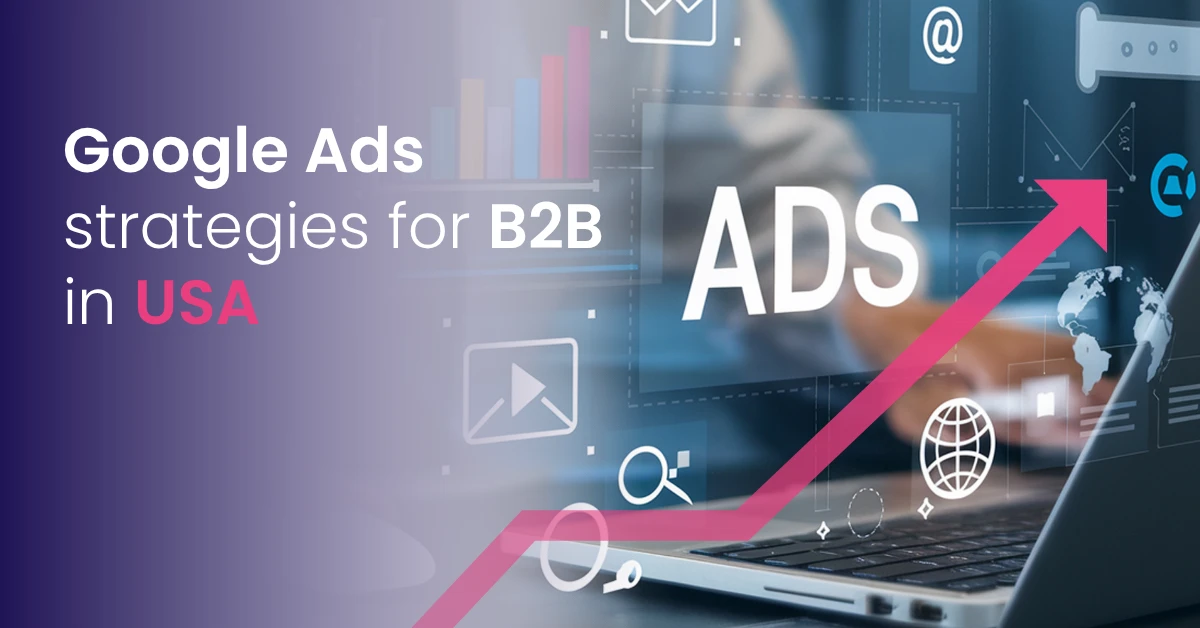
Table of Contents
Building a B2B Google Ads Strategy
1. Ad Groups and Campaign Structure
Group ad groups by theme, product, or service. This makes ads more relevant and helps Quality Scores. Make separate campaigns for each product or service. This makes managing and optimizing easier. Use custom intent audiences to target users by keywords, URLs, and apps. This improves precision. Set clear goals like lead generation.
Use single keyword ad groups (SKAGs) to raise click-through rates and Quality Scores. Build campaigns around the buyer’s journey. This matches ads to changing search intent. Focus on long-tail keywords in B2B keyword research. These are more specific and show buying intent.
2. Custom Intent Audiences
Custom intent audiences help target the right people. They make ads more relevant. Layer custom segments with these audiences to improve targeting and results. Google Ads’ custom intent tools reach users interested in certain topics or products. This works well with keyword targeting to boost performance.
These audiences reach decision makers and help get leads. B2B Google Ads use pay-per-click (PPC). Advertisers pay only when someone clicks the ad. Audience segmentation makes sure ads reach the right professionals.
Ad Copy and Targeting
1. Crafting Compelling Ad Copy
Write ad copy that talks to B2B buyers’ pain points. Show the unique value clearly. Use social proof like customer quotes to build trust. Keep copy short, clear, and made to boost click-through rates. This helps get good leads.
Test different ad parts with A/B testing. This finds the best messages to get leads. B2B buys are big decisions. So, good ad copy must ease worries and connect with decision makers. This lifts campaign results.
2. Display Campaigns
Display campaigns show your ads on the Google Display Network. This widens your reach and wins good ad space. Google’s machine learning uses audience signals to pick the best ad spots. It looks at user intent and behavior.
Performance Max campaigns show ads on many Google channels. They use targeting like company size and job title to reach decision makers. A good Performance Max campaign can cut cost per lead by 34% when focused on sales-qualified leads.
Budget Allocation and Bidding Strategies
1. Budget Allocation
Spread your budget well across search and display campaigns. Use automated bids like cost-per-conversion to save ad spend. Watch performance data and Search Lost Impression Share. This shows if your budget is tight and needs change.
Track small actions like downloads to learn about the B2B sales cycle. Use first-party data from your CRM in Google Ads. This improves targeting and finds the right people.
2. Bidding Strategies
Pick bidding methods like cost-per-click or cost-per-conversion based on goals. Use phrase match and broad match to reach more people. Keep checking bids to match goals and data.
Keep improving bids to get better ROI. Use exact match keywords to show ads for very specific searches. This is key for high-intent B2B searches.
Ad Extensions and Optimization
1. Ad Extensions
Add ad extensions like site links and callouts. These give more info and make ads more relevant. Extensions raise click-through rates and bring better leads. They show your unique points and link to important pages. This helps campaigns work better and boosts ROI. Track Search Lost Impression Share to see if ads miss chances due to budget.
2. Click Through Rate Optimization
Make ad copy and landing pages better to raise click-through rates. Use tools like Google Keyword Planner to find high-intent keywords. Watch click-through rates to spot areas to improve and optimize.
Click-through rate optimization is key to get leads and better ROI. Use specific, high-intent long-tail keywords. They face less competition and get more conversions.
3. Landing Page Optimization for B2B
Good landing pages are vital for B2B Google Ads success. They must match ad copy and keywords. They should solve pain points and show your unique value. Add social proof to build trust. Make pages mobile-friendly, fast, and easy to use. Clear calls-to-action guide visitors through the sales process.
These features boost conversion rates, get high-quality leads, and maximize ROI. Landing page optimization is a must for B2B success.
Negative Keywords for B2B Campaigns
Use negative keywords to improve B2B Google Ads. They stop ads from showing on wrong searches like job seekers or free resources. Check search term reports often to update this list. Focus ad spend on leads with real buying intent.
Managing negative keywords cuts wasted budget, lifts ad relevance, and gets better leads. This makes campaigns more efficient and raises ROI in tough B2B Google Ads strategies.
Measuring Success and ROI
1. Conversion Rate Optimization
Make landing pages and ad copy better to raise conversion rates. Track conversions to see how campaigns do and find ways to improve. Conversion rate optimization is key to get leads and boost ROI. Watch conversion rates to meet goals and tweak plans.
2. Generate Leads
Google Ads helps get high-quality leads and more conversions. Watch lead quality to adjust campaigns. Use lead generation ideas like free trials or demos to drive conversions. Getting leads that match goals and data is key.
3. Attribution Modeling for B2B
Use attribution modeling for good B2B Google Ads. Sales cycles are long and complex. Advanced models like multi-touch attribution give value to each contact in the sales cycle. B2B buyers need time and trust to convert.
This shows how campaigns and touchpoints help leads and conversions. Use attribution modeling to spend ad money smartly. It helps pick the best channels and campaigns for results.
Advanced Targeting Options
1. Targeting on the Display Network
Use targeting like demographics and interests on the display network. Reach users interested in certain topics or products. Custom intent audiences target by keywords, URLs, and apps. Use negative keywords to avoid bad impressions.
2. Device and Location Targeting for B2B
Device and location targeting are key for B2B Google Ads. They help reach the right people with better fit and timing.
i. Device Targeting: B2B buyers often use desktops. For example, IT managers search and fill forms in work hours. Device targeting lets you spend more on top devices. This makes ads more relevant and lifts conversions by fitting user devices.
ii. Location Targeting: Focus ads on places where your audience is. Target business hubs, countries, or local markets. This reaches decision makers well. Language targeting makes ads more personal. This boosts engagement and leads in key areas.
iii. Advanced Targeting Strategies: Mix device and location targeting with custom intent and demographics. Target by company size, industry, or job title. Use Google Keyword Planner for region- and device-specific keywords. This lifts strategy and lead quality.
iv. Optimization and Performance Monitoring: Check Google Ads data to find best devices and places. Change bids and budgets to get best ROI. Spend more where leads are strong. Use ad extensions for more info. This lifts ad relevance and clicks.
3. Remarketing Strategies for B2B
Remarketing brings back users who left without buying. Build custom audiences by actions like visiting key pages or downloads. Retargeting ads remind users and keep brand in mind. Tailor messages to needs. This saves lost leads and guides prospects through long sales.
Integrating Google Ads with B2B Sales Processes
Link Google Ads with sales to get better leads and results. Work with sales to pick keywords and match sales cycle stages. Use CRM and firmographic data for personal targeting. Custom intent audiences help here. This link makes marketing and sales work well. It helps nurture leads and grow sales.
Lead Qualification and Nurturing
Good lead qualification and nurturing are key for B2B Google Ads. Use data to find leads that fit your ideal customer. Score leads by actions and interest. Give targeted info through the sales cycle. This helps decision making, lifts conversions, and gets good leads for sales to close deals.
Drive High-Quality B2B Leads with Proven Google Ads Tactics
Frequently Asked Questions
1. What makes B2B Google Ads different from B2C Google Ads?
B2B Google Ads have longer sales cycles and many decision makers. They cover the whole sales funnel and build relationships. B2C ads target quick, individual buys.
2. How should I structure my Google Ads account for B2B campaigns?
Make separate campaigns for each product or service. Group ad groups by themes or topics. This helps ad relevance and Quality Scores. It also makes management easier.
3. Why is keyword research important for B2B Google Ads?
Keyword research finds the exact search terms your audience uses. Focus on high-intent, long-tail keywords that show buying intent. This boosts ROI by getting good leads and cutting waste.
4. How do I optimize landing pages for B2B Google Ads?
Match landing page copy to ad copy and keywords. Solve pain points and show your unique value. Add social proof and clear calls to action. Make pages fast and mobile-friendly to raise conversions.
5. What role do negative keywords play in B2B campaigns?
Negative keywords block wrong searches like job seekers. They cut wasted spend and make campaigns more efficient.
6. How can remarketing improve B2B Google Ads performance?
Remarketing brings back visitors who did not buy. Use tailored messages to guide them through the long sales cycle and boost conversions.
7. What are some effective bidding strategies for B2B Google Ads?
Use automated bidding like cost-per-conversion to save ad spend. Adjust bids often with data to get best ROI.
8. How long does it take to see results from B2B Google Ads campaigns?
Good results usually take 3 to 6 months. This is because sales cycles are long. Patience and steady optimization are key.
9. How can integrating Google Ads with sales processes improve results?
Match campaigns to sales cycles. Use CRM data for better targeting and personalization. This helps reach prospects at the right time and lifts lead nurturing and conversions.
10. What key performance indicators (KPIs) should I track for B2B Google Ads?
Track Cost Per Lead (CPL), conversion rates, click-through rates (CTR), and return on ad spend (ROAS). These show how well your ads work and guide improvements.
Published: October 24th, 2025
